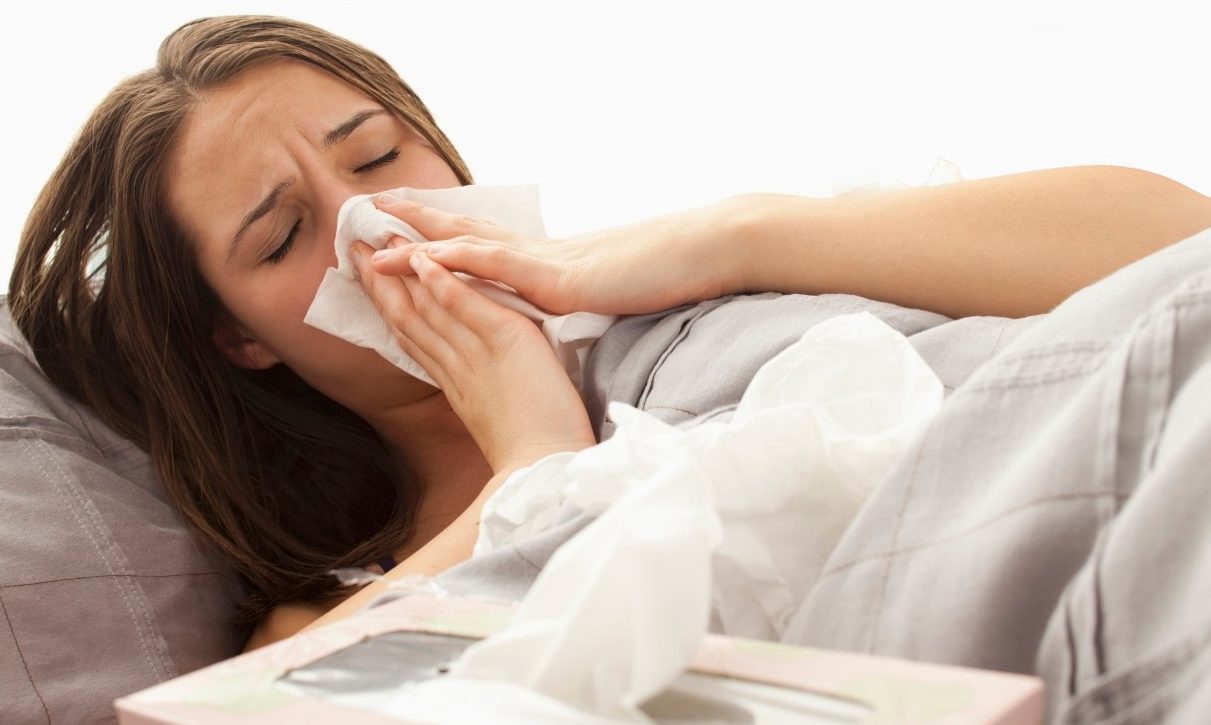Walking Pneumonia Treatment

Like the name implies, walking pneumonia is mild pneumonia. But that doesn’t mean you don’t need walking pneumonia treatment to feel better faster.
The bacteria called Mycoplasma pneumoniae (M. pneumoniae) can cause several types of infections. Most often, especially in children, it causes what’s known as a chest cold, with symptoms including fever, cough, headache, and sore throat that can hang on and even worsen the course for one to four weeks.
About one in 10 people who are infected with M. pneumoniae develop symptoms of walking pneumonia.
Walking pneumonia is typically a very mild case of pneumonia. Although M. pneumoniae is the most common cause of the condition, it is sometimes the result of other bacteria and viruses.
YOU MIGHT ALSO LIKE: Walking Pneumonia Symptoms
Many people with walking pneumonia don’t need bed rest, much less hospitalization, and they can continue many of their daily activities. Since it is an infection, however, walking pneumonia can make you feel tired.
Other symptoms can include a mucus-producing cough, fever, and chest pain. Sometimes M. pneumoniae results in full-blown pneumonia, a more serious lung infection, which may require medical care in a hospital.
Most people will recover without walking pneumonia treatment. Medical and self-care treatments, however, can help you feel better, sooner.
Talk to your doctor about walking pneumonia treatment
Even though walking pneumonia is much like a bad cold, if you have a cough, fever, and other symptoms, even if they are mild, you should see your doctor as soon as possible, said Albert Rizzo, MD, senior medical advisor to the American Lung Association.
If your doctor believes M. pneumoniae or other bacteria are the source of your illness, the infection can be treated with antibiotics to prevent progression to a more serious form of pneumonia. Antibiotics can help patients recover faster, especially if the medication is started early in the course of the illness.
It is important to take the complete course of antibiotics, even if you feel better and completely well in a few days. If you stop the antibiotics too soon, you raise the risk the infection will return. You also increase the chance the bacteria will be resistant to treatment in the future.
To treat walking pneumonia at home:
- Get plenty of rest.
- Drink plenty of water to stay hydrated, especially if you are running a fever.
- Take over-the-counter medications to relieve fever, antihistamines for nasal congestion, and cough medication to help calm coughs. (Always check with your pediatrician before giving a child fever-reducing or other medications for an infection).
When to seek urgent walking pneumonia treatment
Most people with walking pneumonia feel much better in just three to five days. But a cough can last weeks or even months, even after walking pneumonia treatment.
"Recovery time will vary from person to person and will depend on whether you have other medical problems, such as asthma or COPD," Rizzo said. "Too slow of a pace of recovery and certainly any worsening of symptoms is information you should share with your doctor."
Potentially severe complications from walking pneumonia can sometimes occur (especially in people with other health conditions), including asthma attacks and serious pneumonia that requires hospitalization.
Updated:
September 29, 2023
Reviewed By:
Janet O’Dell, RN